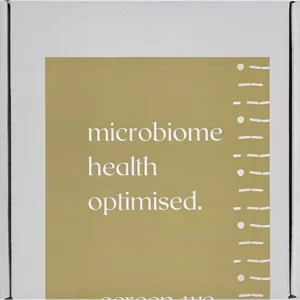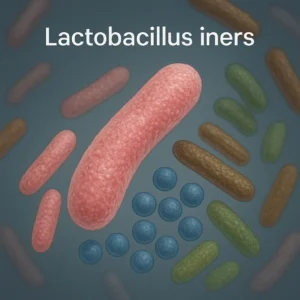The importance of nutrients in human health has been understood for many years. In the 17th century, British sailors realised that eating citrus fruit could protect them from scurvy. Later, it was found that the disease was indeed caused by a severe vitamin C deficiency. Another example is beriberi disease. In 1800, the disease was prevalent in the East Asian population, where the main food source, white rice, was stripped of many nutrients during processing. A key nutrient lacking in white rice: vitamin B1 (thiamine). Again, it wasn’t until years later in the 20th century that scientists discovered the link between Vitamin B1 deficiency and beriberi disease. This article highlights some of the ways in which whole foods as part of a healthy diet can improve your overall health and wellbeing!
Single nutrients are NOT the answer

From these examples, it’s easy to understand why scientific research initially focused on how individual nutrients impacted human health. However, as our understanding of nutritional sciences evolves, its becoming clear that the consumption of individual nutrients in a processed form is not always what is needed — whole foods containing particular nutrients is often the more intelligent option.
For example, it is widely accepted in the scientific community that consumption of oily fish has protective effects against cardiovascular disease. Therefore, adults are generally recommended to consume oily fish twice a week, and for those who don’t eat fish, to use fish oil supplements. The health benefits associated with oily fish consumption was linked to their high omega-3 fatty acid content. It came as a shock to many when an extensive meta-analysis (a study that draws conclusions from multiple pieces of research) could not show that fish oil supplementation alone had any protective effects against cardiovascular disease.
Another interesting example: Increased fruit consumption has been linked to a lower incidence of lung cancer. A fruit-rich diet increases levels of b-carotene in blood serum. Using this information, a study was conducted where b-carotene supplementation was given to smokers. The hypothesis was that by picking out what was supposedly beneficial in the fruit and giving it directly to those at risk of lung cancer, their risk level would fall. This didn’t happen. In fact, smokers who were supplemented with b-carotene actually had an increased risk of developing lung cancer compared to the smokers who were given a placebo.
These studies urged scientists to rethink. Specifically, how do whole foods consumed either alone or part of a meal, affect the function of the nutrients found within them?
Growing evidence suggests that the complex environment of whole foods interacts with nutrients and affects their absorption, digestion andbioactivity. In the field of nutritional science this environment is known as the food matrix. Although food matrix research is still in its infancy, there has been a number of interesting studies that demonstrate effects of food matrix on nutrient metabolism.
Food matrix and iron absorption: An example

Iron deficiency is the most common nutritional deficiency worldwide and so it’s absorption mechanisms have been extensively studied. What’s fascinating is that iron shows different absorption patterns depending on which food source it is derived from and what other foods it is consumed with.
Two forms of iron are found in food: heme and non-heme.
- Heme iron: mainly found in meat, poultry and fish (in the form of haemoglobin and myoglobin). Heme iron is more readily absorbed by the human body than non-heme iron and its absorption is not influenced by other dietary factors.
- Non-heme iron is found in plants, dairy products, meats and iron salts added to supplements. Non-heme iron absorption is highly influenced by dietary factors present in the same meal.
- Enhancers of non-heme iron absorption: vitamin C, organic acids such as lactic, citric and malic acids.
- Inhibitors of non-heme iron absorption: phytic acid found in legumes, wholegrain and nuts; polyphenols found in tea and coffee, soy protein and calcium.
Iron absorption shows how a single nutrient can be affected by the complex interaction with other chemicals and structures associated with food that it is consumed
Conclusion
For years we have been exploring the role of individual nutrients in health. Now, the field of nutritional sciences enters a new stage, where it explores the effects of whole foods on our bodies. This idea shows us that food is not just a collection of individual nutrients, but has to be considered as a part of the complex structure of the food matrix. Science based, tailored nutrition has never been so important in reaching optimum health and reducing disease risk.







